Enrollment in China's basic medical insurance system has remained stable in recent years and rising premiums have contributed to improving the nation's healthcare services and lessening financial burdens on patients, the National Healthcare Security Administration said on Monday.
"The coverage rate of China's basic medical insurance program has stabilized above 95 percent and the quality of services covered by insurance keeps improving," it said.
The administration made the statement after official data pointed to a consistent decline in the number of people enrolled in its urban and rural residents' insurance program and sporadic reports circulating online of an exodus from the program in the countryside.
China's basic medical insurance consists of an urban and rural residents' program that mainly targets the unemployed, school-age children and rural residents, as well as a program for urban employees.
Data shows that the number of people participating in the urban and rural residents' program in 2022 dropped by around 25 million compared with 2021. The number for last year has not yet been released.
In response, the administration said that the declining number is largely due to an overhaul of insurance data that was launched in conjunction with the establishment of an online insurance information platform in 2022. "For two consecutive years, a total of 56 million cases that see repeated participation in insurance programs within the same province or across provinces have been eliminated," it said.
Meanwhile, from 2020 to 2023, about 5 million to 8 million subscribers to the urban and rural residents' program switched to the employees' program as they graduated from college or landed new jobs.
During a recent investigation carried out at villages in eight provincial-level regions, the administration said that three villages saw a fall in insurance participants last year, while the remaining five saw a rise. The overall number of insurance subscribers across the eight villages rose by 151 from 2022 to 2023.
Contrary to an online rumor that a number of people withdrew from the insurance program in a village in Macheng, Hubei province, the administration said that 97.4 percent of residents had enrolled last year, with a few opting out for personal reasons.
Over the years, the annual premium for subscribers has risen to 380 yuan ($53) per person, compared to 10 yuan for a rural cooperative medical insurance plan launched in 2003.
In response to questions over the sharp rise, the administration said the significant improvements in medical services and the great benefits brought to the public were worth far more than the premium increase.
The number of reimbursable medicines has grown from around 300 to 3,088 during the period, including a large number of drugs for cancer and rare diseases as well as novel medicines.
"For example, leukemia patients used to pay nearly 300,000 yuan annually for a drug known as Imatinib. Now, they only need to pay 6,000 yuan out of pocket each year thanks to reimbursements of the program," it said.
The administration added that advanced diagnosis and treatment tools including color ultrasound, CT scans and minimally invasive surgeries can all be reimbursed and the reimbursement ratio for inpatient expenses had risen from about 30 percent to 70 percent.
New policies that enable insurance participants to settle cross-provincial medical expenses and that alleviate financial pressure on patients suffering common and chronic illnesses such as high blood pressure and diabetes have also been rolled out.
The administration said that with the aging population and a decline in births leading to a fall in China's population, the number of program subscribers will likely trend slightly downward.








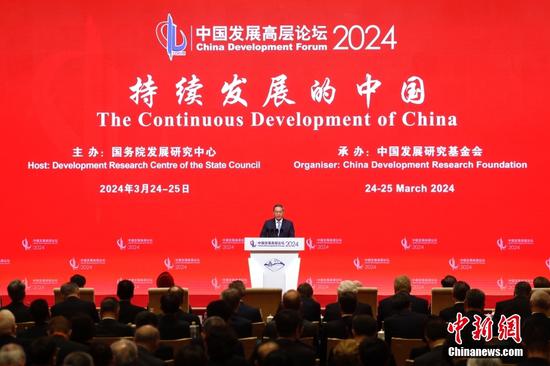
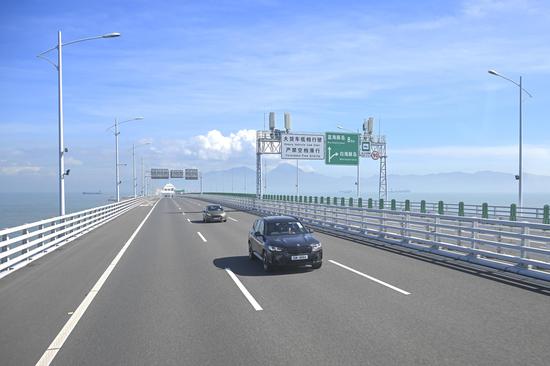








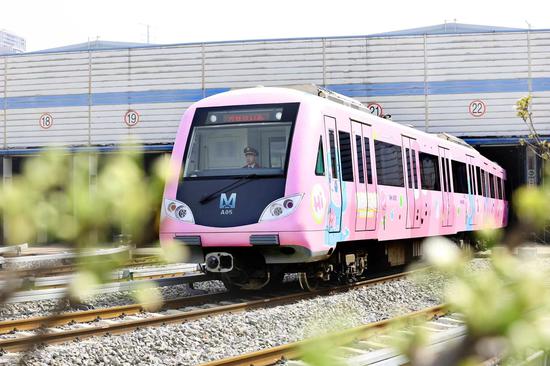




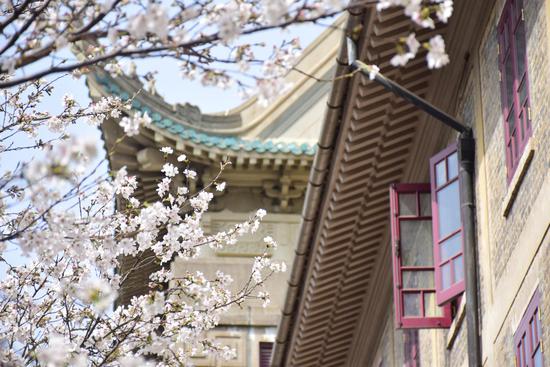
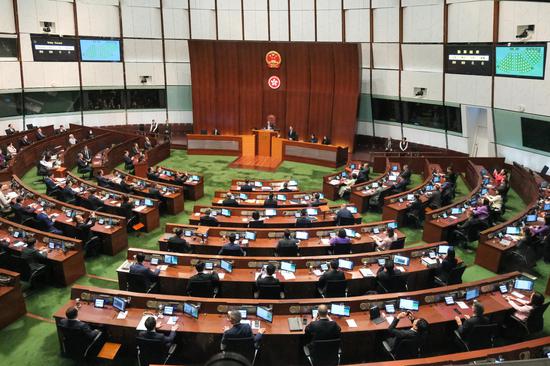
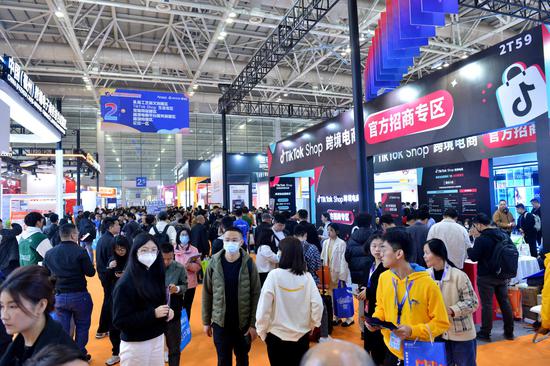











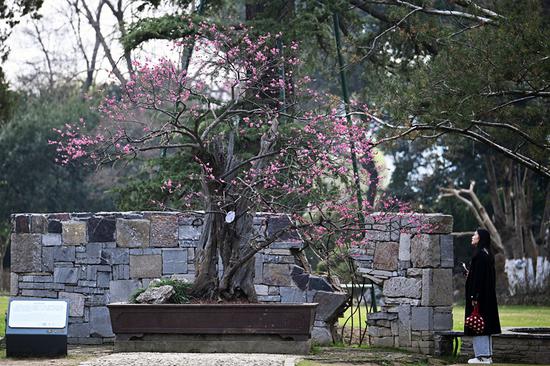












 京公网安备 11010202009201号
京公网安备 11010202009201号